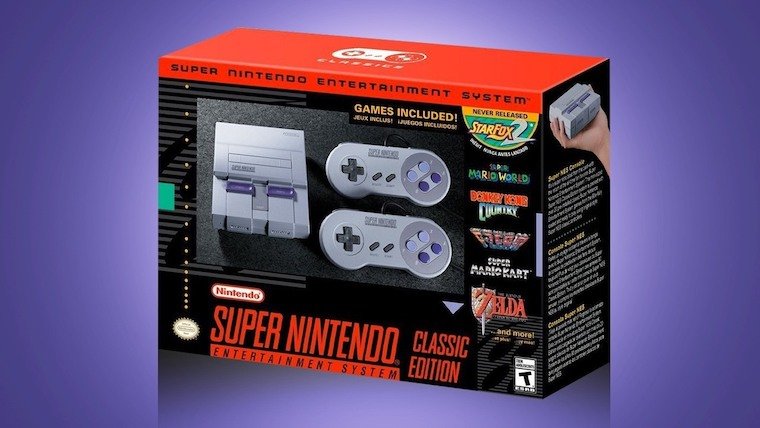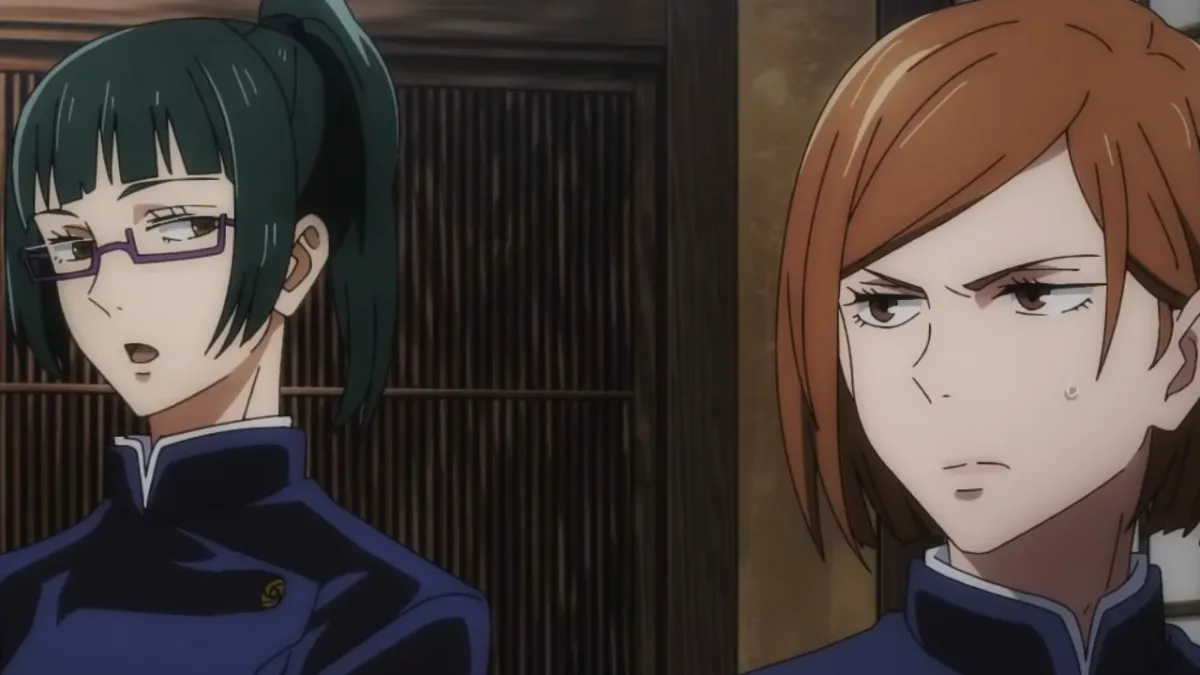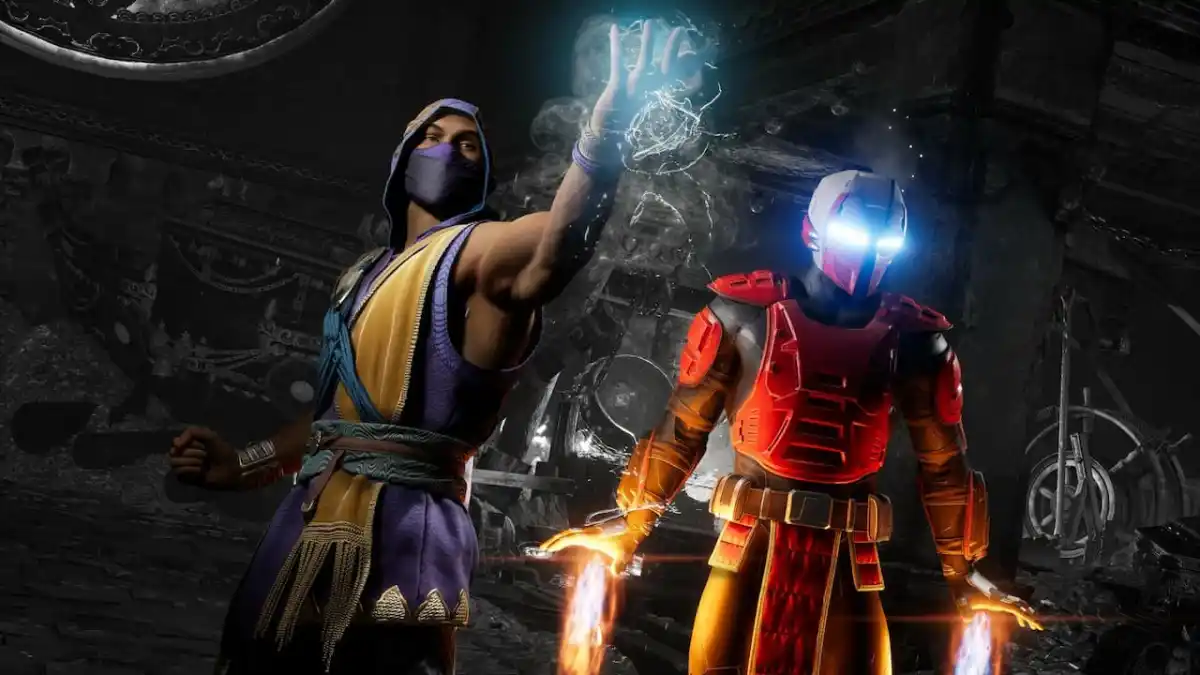The highly anticipated SNES Classic Edition was released last Friday and, just as everyone expected, it sold out immediately. Nintendo of America president Reggie Fils-Aime has stated that production for the SNES Classic has been “dramatically increased” due to consumer demand, which is good to hear considering how things went down with the NES Classic last year, but will it be enough?
Everyone knew from the moment it was announced that the SNES Classic would be one of the fastest selling items this year. It’s not hard to see why; the micro console contains some of the greatest games of all time, including Super Mario World, The Legend of Zelda: A Link to the Past and Super Metroid, among many others. Immediately, this product appealed to both people who played these games in the 90s who want to relive their childhoods as well as people looking to play these classics for the first time. But there is another market for this product that Nintendo didn’t seem to anticipate with the NES Classic and arguably hasn’t effectively dealt with for the SNES Classic release: scalpers.
Recently, I watched a video (I’ll link to it below this paragraph for those who want to watch it) in which two guys discussed the SNES Classic; they discussed the technicalities, the games and how the release was handled. I’ve gotten the sense not only from this video, but from other sources, that the SNES Classic release was handled much better than the NES Classic release, and we’ll get to that in a minute. First, however, I want to make another point. In this video, it was mentioned that in the lines that formed outside retailers for the SNES Classic’s release, most of the people waiting to buy the product weren’t talking about how excited they were to play Mario or Zelda; they were talking about how much they’d be able to re-sell the product on eBay or Amazon. It seems that a large amount of people buying the SNES Classic have no interest in the micro console itself, but rather just trying to capitalize off of the product’s limited availability.
Unfortunately, this issue of scalpers can be expected for any popular product, but the issue persists more than usual for a product like the SNES Classic, which everyone expects (accurately) to be under-stocked. But even if half of all SNES Classics sold didn’t go to scalpers, the amount currently in existence still isn’t enough to nearly satisfy the consumer base. In the last paragraph, I mentioned how people seem to be agreeing that the SNES Classic release has handled better than the NES Classic release, for which you couldn’t get the NES Classic at all unless you had been waiting outside a store for hours the night before release day. From what I can tell, though, the SNES Classic’s release, while better, wasn’t that much better. The micro console still sold out from every retailer not long after the stores opened. When something this high in demand sells out the day it comes out, I would argue that it is under-produced.
I should make clear that I am by no means a business expert and that I am speaking completely from a fan’s perspective, not from the perspective of someone who claims to know business better than Nintendo. But it seems to me that both Nintendo and fans alike would both be happy if the SNES Classic did not only have increased production over the NES Classic (which isn’t saying much), but if it was really over-produced. It’s clear that the amount of SNES Classics currently in existence isn’t even coming close to meeting consumer demand, and it’s likely that future shipments won’t meet that demand either. Even with “dramatically increased” production, it’s likely that there will still be a large amount of unsatisfied fans who are unable to get the micro console because their schedules don’t allow them to wait outside a store on a weekday morning to pick it up before it sells out. If Nintendo has some kind of estimate on how many units it will sell, I would bet that they could produce well over that number and still sell every unit that they make. That’s how popular this product is. If they produced that many units, then fans are happy because they all get one and don’t have to worry about scalpers taking them all and Nintendo’s happy because they’re making a ton of money.
So why wouldn’t Nintendo produce as many SNES Classics as humanly possible? Well, Occam’s razor (the simplest solution is usually the correct one). In an interview with TIME regarding the NES Classic, Fils-Aime attributed the under-production of the product in part to the fact that “We’ve got a lot going on right now and we don’t have unlimited resources.” It may not be the sexiest excuse, but it’s one that does make a lot of sense. Earlier this year, Nintendo released the Switch, which has also been hard to find since its release. A few months later, they released the New 2DS XL. A number of games have come out this year on both consoles. And now there’s the SNES Classic to top it off. Not to mention it was announced that the NES Classic will return next year as well. Nintendo has a lot of products to produce and the SNES Classic is just one of them. And like Fils-Aime said, it’s not like they have unlimited resources. If they did, maybe we would see an over-production of the SNES Classic, and there would be enough for every fan to have five. But as it is, Nintendo can only make so many. Hopefully, the dramatic increase in production will mean that by the end of this year’s holiday season, most fans will be able to get the micro console without having to pay twice as much by buying from a scalper.








Published: Oct 4, 2017 04:46 pm